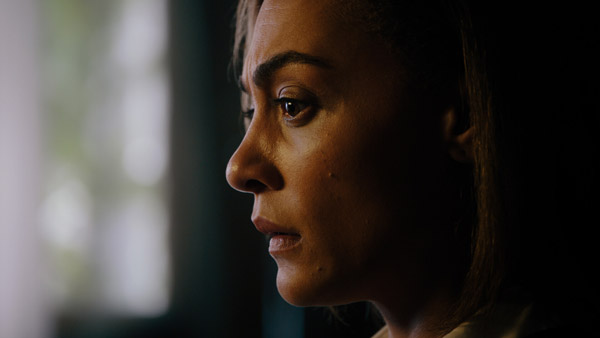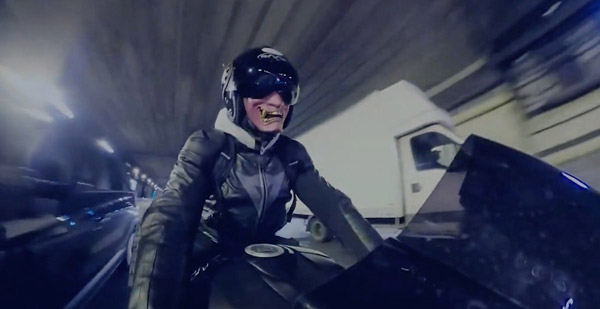
Continuing an unspecified cycle of films about growing up, the subesquent loss of innocence, and loss in general, directors Pete Docter (Monsters, Inc., Up) and Ronaldo DelCarmen may have made Disney’s most personal picture yet with Inside Out. Oh, it is still a Pixar animated film. Docter hasn’t gone the path of Brad Bird (The Incredibles, Ghost Protocol) or Andrew Stanton (Wall-E, John Carter). Yet the story of a young Hader covers Fear, and in a casting move that is the definition of “this part was written for you,” Lewis Black is Anger.
Throughout the movie, Joy is at odds with Sadness as she seems to taint the memory orbs that comprise Riley’s emotional library. The team of emotions struggle to keep the golden memories, and especially the intrinsic “core memories,” from literally turning blue. As Riley’s life is turned upside down, and her youth veers ever closer to a memory dump where experiences go to never be remembered again, Joy and Sadness are displaced from their memory-storing headquarters and must go on a sort of road trip through Riley’s very young childhood. In an effort to retrieve those lost core memories, and keep the foundations of her emotional state from crumbling away, the two must learn to work together and understand that each emotion -- even the presumed negative ones -- have important roles to play.
To say more is to give away too much, and that would be a mistake. Inside Out is a movie that should be seen, not described in a synopsis that couldn’t do it justice. And it is a movie that should be seen by adults. From the brief I just offered, you can tell there is a lot going on here beyond the usual slapstick of so many animated entertainments. I’ll go so far to say that the movie might not even be suitable for the youngest audience members, not because of any offenses in it (there aren’t any), but because when things get real in this fantasy land, the subtext is so thick and meaningful, they just won’t understand it.
However they will appreciate Pixar’s patented visualization, and Inside Out is a candyland for the eyeballs, from the islands that comprise key personality traits, to the shimmering gumballs that are a metaphor for memories, to a brief trip through abstract thought. There’s definitely something for the young ones, but they haven’t lived long enough to get what is actually going on in the story, which will be most emotionally significant with pre-teens and particularly impactful for adults.
The movie has a happy ending, as you might insist upon, but Docter, DelCarmen and team do not fall for the common practices in such fare, and sacrifices that occur with the characters are final. It makes for some strange tensions in the theater, again with the youngest viewers, but by honoring the significance of characters the filmmakers show a level of respect for that same audience that you don’t find in U.S.-made efforts.











